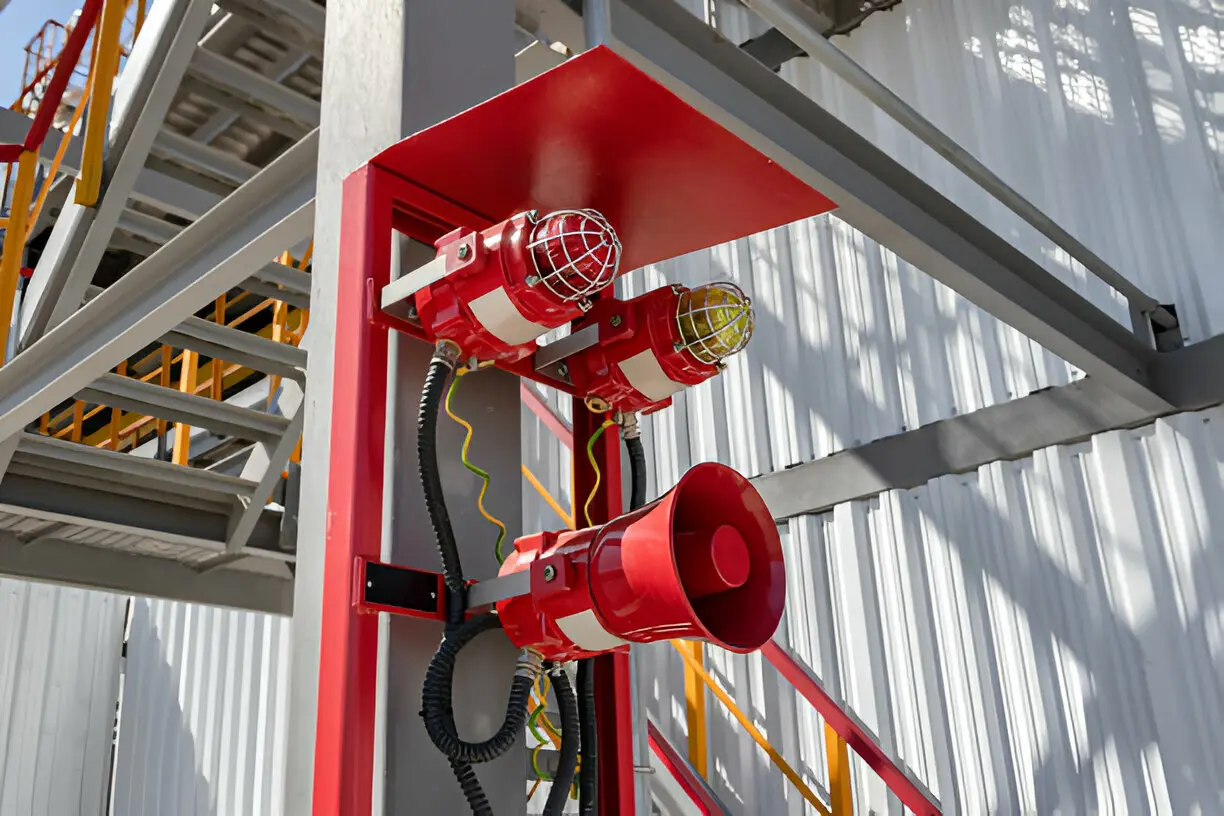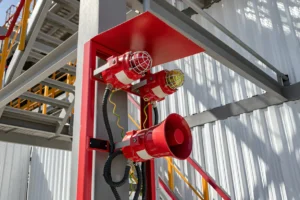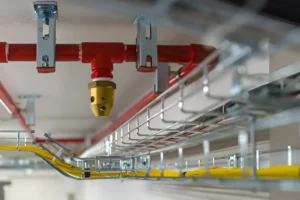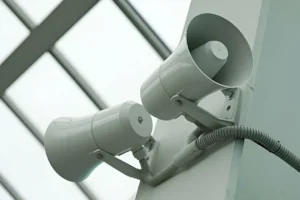In an emergency, timely and clear communication can make all the difference. Whether it’s a natural disaster, fire, active shooter situation, or any other crisis, having an effective Mass Notification and Warning System (MNWS) in place is essential for protecting lives and ensuring a swift, organized response.
At Firesect, we understand the importance of clear and reliable communication during critical situations. Our Mass Notification and Warning Systems are designed to provide real-time alerts, helping you protect people, property, and assets from harm.
📣 What Is a Mass Notification and Warning System?
A Mass Notification and Warning System (MNWS) is a communication solution used to send emergency alerts, instructions, and warnings to a large group of people. These systems are deployed in various settings, including corporate offices, educational institutions, healthcare facilities, industrial plants, and public spaces to alert individuals of imminent threats and provide clear instructions.
Mass notification systems can send alerts through multiple channels, such as:
- Audio announcements (PA systems)
- Text messages (SMS) and Emails
- Voice calls and automated phone alerts
- Mobile apps and push notifications
- Digital signage and social media platforms
- Siren and strobe lights (for high-traffic or industrial areas)
By delivering multi-channel alerts, MNWS ensure that everyone receives the message, even if they are in a noisy environment or using a different form of communication.
🚨 Why Mass Notification and Warning Systems Are Critical
1. Timely Alerts Save Lives
In an emergency, minutes matter. A well-implemented mass notification system ensures that warnings and instructions are distributed immediately, allowing people to take appropriate action—whether it’s evacuating a building, sheltering in place, or following a lockdown procedure.
2. Multi-Channel Communication
One of the most significant advantages of a mass notification system is its ability to reach people through various channels. In emergencies, different individuals may respond to different forms of communication, making multi-modal alerts vital for effective information delivery.
- Audible Alerts: Useful for people within buildings or facilities
- Text and Email Alerts: Help reach individuals away from the location or in areas with limited visibility
- Mobile Alerts: Provide timely notifications to employees or the public on the go
3. Regulatory Compliance
Many industries and facilities are required by law to have mass notification systems in place for emergency communication. For example, NFPA 72 (National Fire Alarm and Signaling Code) requires facilities to implement notification systems for fires and other emergencies. In addition, Occupational Safety and Health Administration (OSHA) regulations emphasize the importance of clear communication during crises.
4. Enhanced Crisis Management
A mass notification system streamlines emergency response efforts, enabling authorities, facility managers, and security personnel to coordinate effectively and guide occupants to safety. The system can provide updates in real-time, keeping everyone informed throughout the emergency and ensuring a smooth evacuation or response.
5. Customizable Alerts
A well-designed MNWS allows for customized messages based on the type of emergency. Whether it’s a fire alarm, severe weather warning, or active shooter alert, your system can be programmed to send specific instructions tailored to the threat. This helps avoid confusion and ensures that the message resonates with the audience.








